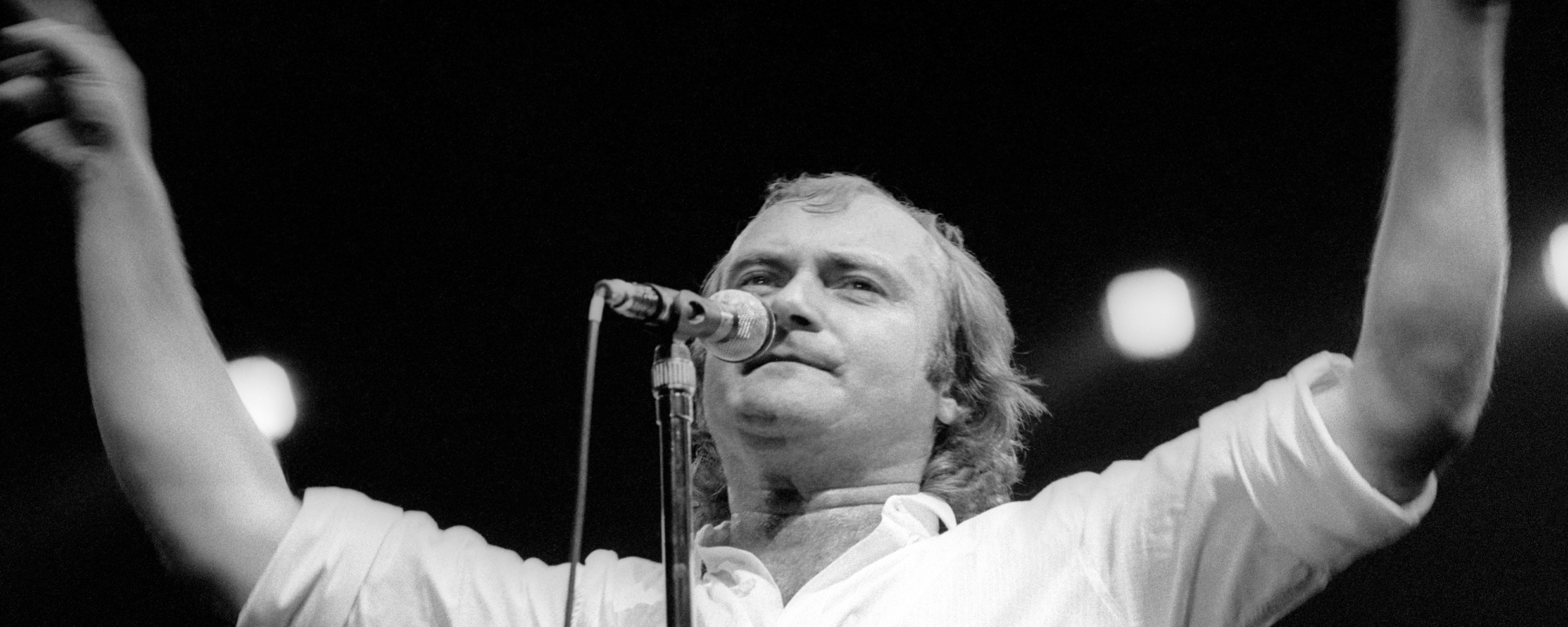Have you ever heard someone—maybe an older relative—say that all rock music all sounds the same? Of course, they couldn’t be more wrong about that, but in one way, they have a point. Most rock songs share the same beat—the aptly-named “rock” beat. While there are countless variations, a basic rock beat consists of four beats in a bar with a backbeat (that is, a strong accent) on the second and fourth beat and bass drum kicks on the first and third beats. There is also typically a steady stream of eighth notes on the hi-hat cymbal to provide a foundation. Think of the main beats for AC/DC’s “Back in Black” or The Rolling Stones’ “Start Me Up,” and you’ll get the idea.
Videos by American Songwriter
[RELATED: 5 Classic Rock Songs That Became Anthems of Empowerment]
Plenty of rock songs don’t use rock beats, though, and some stray far from them with funky time signatures and the introduction of various forms of percussion. However, these five songs combine the basic elements of rock drumming, such as four-beat measures and standard drum sets, but they play around with the confines of a typical rock beat. In each case, the result is a song that sounds more or less like a rock tune but with something that feels slightly off. It’s that hard-to-pin-down strangeness that makes each of these songs irresistible.
1. The Beatles, “Ticket to Ride“
For the bulk of “Ticket to Ride,” Ringo Starr plays it mostly straight, but for the song’s first minute, his second snare hit for each measure comes half a beat early, followed by a tom hit. It’s an ingenious way to construct the beat, given that Starr is playing off Harrison’s halting lead guitar riff. Another interesting feature of Starr’s part is easy to miss, but it’s integral to how “TIcket to Ride” progresses. During the second chorus, he briefly drops out, and when he comes back in, Starr returns the second snare hit to the fourth beat, turning it back into a more conventional rock song.
2. Devo, “(I Can’t Get No) Satisfaction”
The Rolling Stones’ 1965 original recording of this classic features Charlie Watts departing only slightly from the basic rock beat, hitting the snare on every beat, though there are clearly accents on the second and fourth beats. When Devo put their spin on the song in 1977, drummer Alan Myers put the snare hit on the first beat. It’s so disorienting that it’s hard to even know where the beat is until Mark Mothersbaugh starts singing the song’s familiar lyrics. Everything about the Myers’ beat is topsy-turvy, and its stiff and spacious feel gives Devo’s cover its distinctively robotic feel, even more so than Motherbaugh’s vocals or the guitar and keyboard tones.
3. Genesis, “Taking It All Too Hard”
This track from Genesis’ 1983 self-titled album is a pretty typical mid-tempo rock ballad, but if you listen closely, you’ll notice its groove feels a little different. The way Phil Collins adapts the rock beat is subtle, but it gives the song a little more swing than if it had a standard beat. He holds back from hitting the snare on the second beat of each measure, and while he does kick on the first beat, he comes in a half-beat early on the second kick. The song’s beat may not seem that different from the one Collins employed on another Genesis ballad, “In Too Deep,” but the small change makes a big difference in how those two songs make you want to move.
4. XTC, “Making Plans for Nigel”
On this single from the 1979 album Drums and Wires, drummer Terry Chambers is playing a snare-and-kick-drum pattern that’s pretty faithful to the standard rock beat. So why does “Nigel” sound so weird? Andy Partridge’s hooting and staccato synth sounds add to the song’s offbeat feel, but most of the credit goes to Chambers reversing the typical tom and hi-hat patterns. He keeps the beat on his floor tom while using the hi-hat only for emphasis. It’s the sporadic rhythmic hissing of the hi-hat that makes “Nigel” feel industrial. Though its beat may not sound conventional, that hasn’t stopped music fans from wanting to hear “Nigel” again and again. It’s XTC’s most streamed track on Spotify, and by a large margin.
5. Fleetwood Mac, “Tusk”
The title track of Fleetwood Mac’s 1979 album received a lot of attention for having the USC Trojan Marching Band accompany them, but Mick Fleetwood’s entrancing beat is the true centerpiece of the song. Fleetwood’s performance is extremely tom-heavy, and there is almost no snare on the track at all. The basic beat is fairly simple, with quarter notes on the first beats followed by four eighth-notes, but the absence of an accent on the fourth beat separates “Tusk”’s sound from that of a typical rock song. Fleetwood also dropped the fourth-beat accent from the verses on “Go Your Own Way,” which was released more than two years earlier, though the addition of other accents gave that song a completely different feel.
Photo by Richard Creamer/Michael Ochs Archives/Getty Images











Leave a Reply
Only members can comment. Become a member. Already a member? Log in.